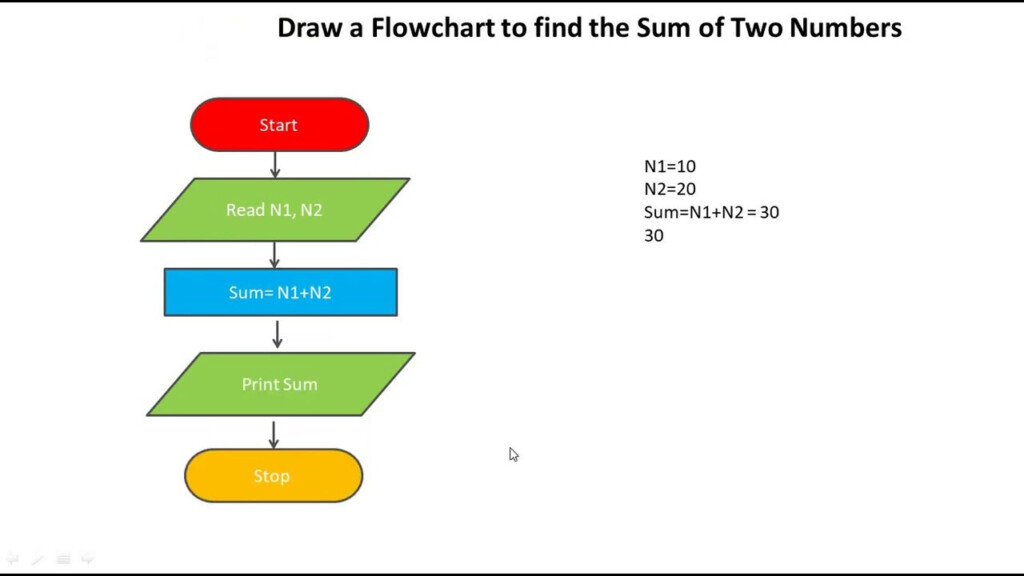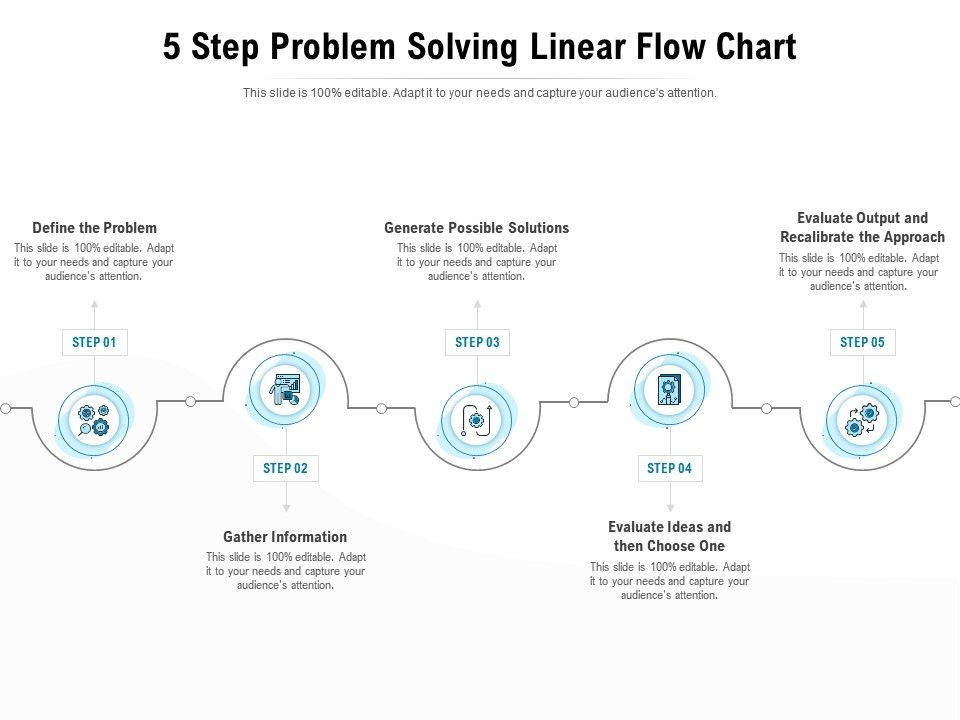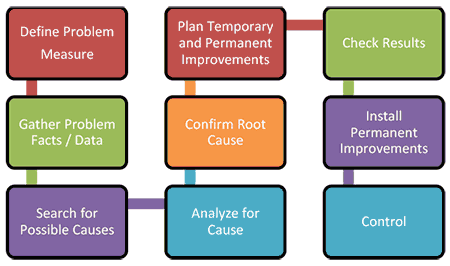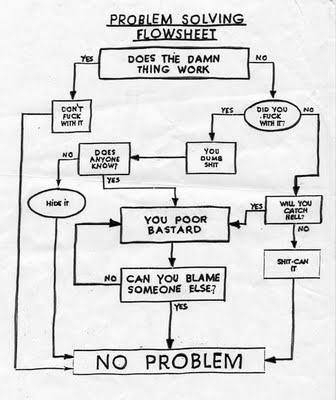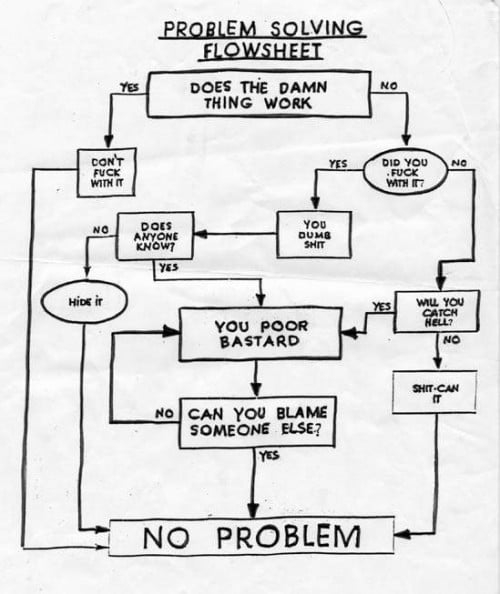Flow chart problem solving techniques are visual representations of a sequence of steps taken to solve a problem. These techniques are commonly used in various fields such as engineering, business, and computer programming to streamline processes and improve efficiency. By breaking down complex problems into smaller, more manageable steps, flow charts help individuals and teams identify potential solutions and make informed decisions.
One of the key advantages of using flow chart problem solving techniques is that they provide a clear and structured way to analyze and solve problems. By visually mapping out the steps required to reach a solution, individuals can easily identify bottlenecks, dependencies, and potential roadblocks that may arise during the problem-solving process. This allows for a more systematic and organized approach to addressing issues, ultimately leading to more effective and efficient solutions.
Flow Chart Problem Solving Techniques
Common Flow Chart Symbols
When creating flow charts for problem solving, it is important to understand the common symbols used to represent different elements of the process. Some of the most commonly used symbols include:
- Start/End: Represents the beginning or end of the process
- Process: Represents a specific action or task
- Decision: Represents a decision point where the flow can branch off in different directions
- Input/Output: Represents data input or output
- Connector: Represents a connection point between different parts of the flow chart
By familiarizing yourself with these symbols, you can effectively create flow charts that clearly communicate the problem-solving process to others.
Benefits of Using Flow Chart Problem Solving Techniques
There are several benefits to using flow chart problem solving techniques in various fields:
- Improved Clarity: Flow charts provide a visual representation of the problem-solving process, making it easier for individuals to understand and follow along.
- Enhanced Communication: Flow charts can be used to communicate complex ideas and processes to team members, stakeholders, and clients in a clear and concise manner.
- Increased Efficiency: By breaking down problems into smaller steps, flow charts help streamline processes and identify areas for improvement, leading to more efficient problem-solving outcomes.
Overall, flow chart problem solving techniques are a valuable tool for individuals and teams looking to improve their problem-solving skills and enhance their decision-making processes.
Download Flow Chart Problem Solving Techniques
Step Problem Solving Flow Chart
Step Problem Solving Flow Chart
Problem Solving Flowchart Biblipole
Problem Solving Flow Chart The Awesomer
